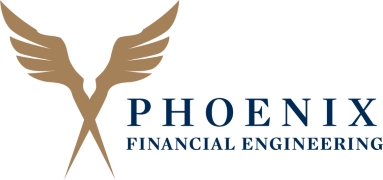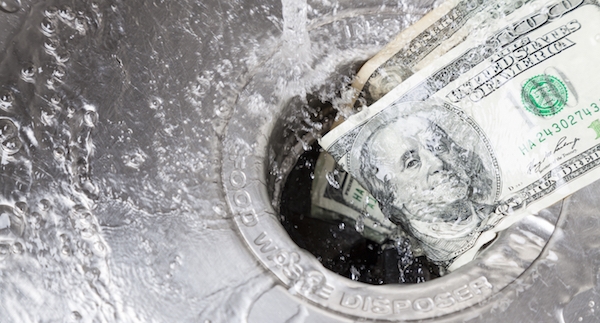In Part 1 we discussed the concept of Net Expense Ratio, or the % of a mutual fund’s assets used to pay for operating expenses, marketing and management fees and other asset based costs incurred by the fund. In the prior article, we used the BlackRock Equity Dividend Fund (MCDVX) as an example. This fund carries a 1.7% net expense ratio and YOU pay this directly to the fund for every share you own. Baked into this NER is another expense, the dreaded 12b-1 fee. In this article we will focus on this 12b-1 fee and the common misconception of dividend yield. Let’s begin.
The 12b-1 fee is considered a sales and marketing expense and is paid to intermediaries (financial advisors and brokerage firms) as a reward for selling a fund’s shares. Total 12b-1 fees charged by a fund are limited to a maximum of 1% annually, so you can imagine what many fund companies charge…you guessed it 1%.
In the case of MCDVX, nearly 60% of the total expense for the fund is being paid to the advisor/firm selling you the shares!!! What’s worse is that if you try to find the 12b-1 fee on the BlackRock fact sheet for the fund (click here) it is nowhere to be found. You have to go digging…never good for the investor! You can view the 12b-1 fee as simply a commission paid to salespersons and no evidence has been shown to prove that this commission does anything to enhance the performance of the fund. So, call your advisor and ask to know what the 12b-1 fee is for all of the funds in your portfolio. The answer will shock you.
Let’s move on to dividend yield…quite simply dividend yield is the annual dividend paid by a company in dollars divided by the current price of the stock, which means that a 4% yield today isn’t necessarily a 4% yield tomorrow. Income seeking investors will typically use the yield percentage as a filter for determining where to invest their assets. This can be a dangerous trap as companies with high yields are generally riskier investments than those with lower yields. These companies are compensating investors with a larger dividend in order to entice them to invest in their company. There is no reward without risk, which is why it is so important to understand quantitatively how much risk you are willing to put on the table. More importantly, it is the INCOME you receive from your investments that matters to you, not the yield %.
Let’s take GE as an example, as it is one of the most widely held equities in the world for income seeking investors. On average, in 2016 GE traded at around $31.65 for the year. They issued a total of $0.93 per share in dividends; therefore, using what you just learned, $0.93 divided by $31.65 equates to a 2.93% yield on an annualized basis for GE in 2016. Well, things have been pretty rough for GE this year and before they cut their dividend by 50% they were trading at around $20 per share. What does this do to our yield?? Yep, you did the math right, the yield jumped up to 4.65%! You’ve got to be excited because your income from dividends just went up by almost 60%, right?? WRONG! You are still receiving $0.93 per share from your investments. Your income didn’t change at all, just your yield.
Now let’s look at GE after they slashed their dividend by approximately 50%. Their new annual dividend is projected to be $0.48 per share in 2018 and they are trading at around $18 per share. Quick math…2.67% yield. On the surface if investors only look at the yield then this new yield seems comparable to the yield back in 2016…but now that you understand how yield is calculated YOU now realize that despite the comparable yields the income GENERATED from this investment is HALF of what you would have received in 2016. Real INCOME is what you want, not a percentage. Don’t fall into the yield percentage trap.
Here at Phoenix we are fiduciaries bound by law to operate only in your best interests. We receive ZERO 12b-1 commissions from ANY fund company that we may recommend as a holding in your portfolio. We are 100% transparent and it is our commitment to you to remain this way. Give us a call to schedule a complimentary portfolio analysis and quantitative risk assessment. You’ve got nothing to lose.

David M. Bonnichsen
B. Chemical Engineering, Georgia Institute of Technology
Our belief is that everyone deserves quality, affordable and disciplined advice regardless of their socioeconomic status. Our goal is to make a meaningful impact in your life every day and in return be the first call you make when advice and guidance is needed. Welcome to Phoenix, where you and your best interests are always first.

